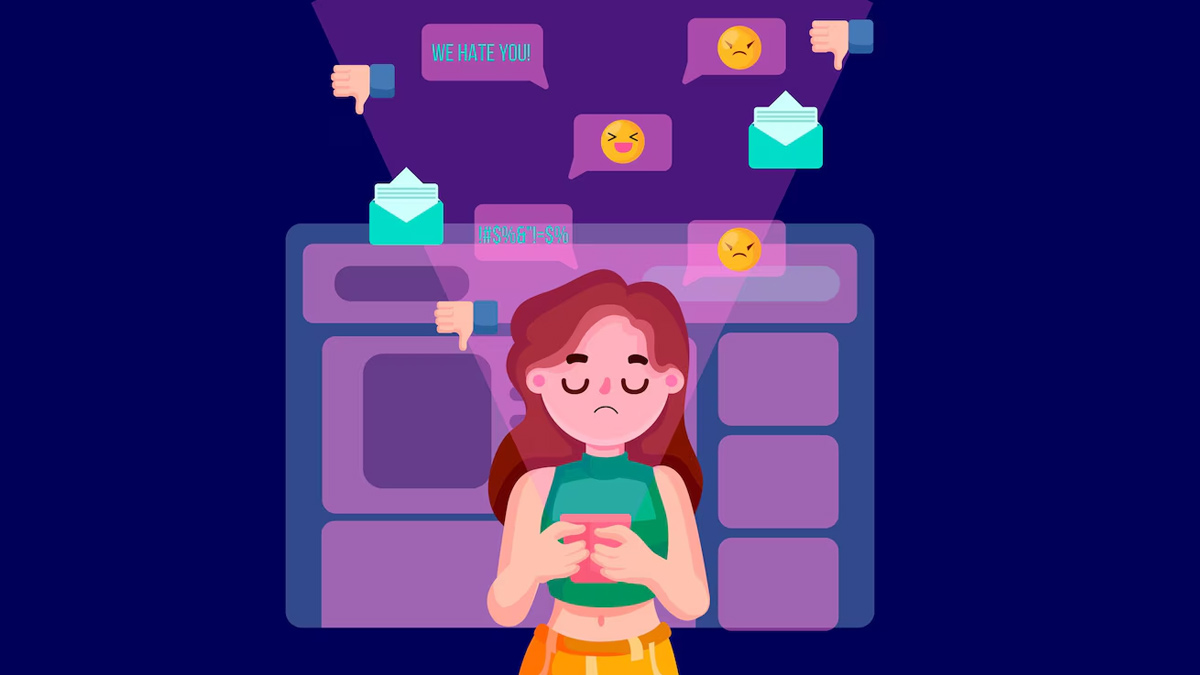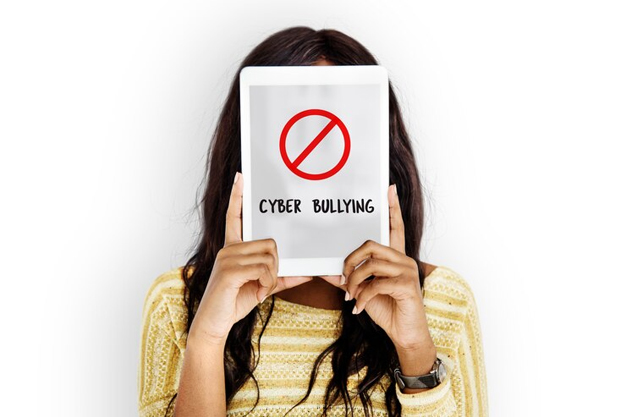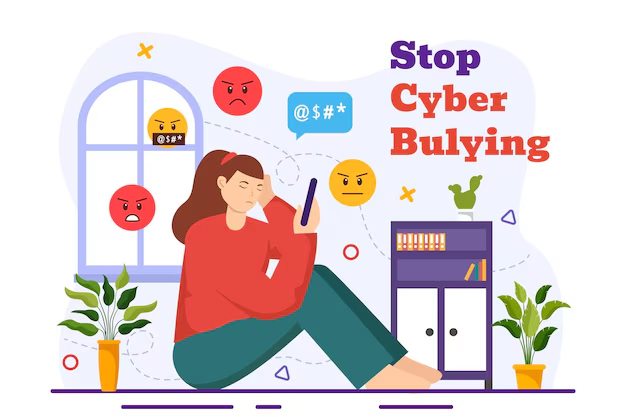
Why Women Are More Vulnerable To Cyber Harassment: Unsafe Online
According to the United Nations Development Programme portal, “A report from Plan International shows that 50 per cent of girls said they face more online harassment than street harassment. Online violence is among the leading causes of the gender digital divide globally, preventing women and girls from advancing in science, technology, engineering, and mathematics (STEM) fields.” In an era where digital interactions have become a fundamental part of daily life, why do women experience higher rates of cyber harassment? The internet once hailed as a space for free expression and connection has become a platform where women are disproportionately targeted by online abuse.
According to the European Institute For Gender Equality report, “Both women and men can be victims of cyber violence. However, evidence shows that women and girls are highly exposed to it. Not only are they more likely to be targeted by cyber violence, but they can suffer from serious consequences, resulting in physical, sexual, psychological, or economic harm and suffering.”
To know more about this we consulted legal expert Niharika Karanjawala-Misra, Principal Associate at Karanjawala & Co., who shared reasons why women are disproportionately targeted by online harassment, factors that make women more vulnerable to online bullying, and more:
Gender Bias And Societal Norms

Deep-seated societal biases and traditional gender norms are reflected in online harassment. Women who speak out or assert themselves in public forums can become targets of abuse aimed at enforcing traditional gender roles and diminishing their influence. “According to the Institute of Development Studies, between 16-58 per cent of women have experienced technology-facilitated gender-based violence,” as mentioned by the UN Women portal.
1
2
3
4
Harassment often includes derogatory comments, threats, and attempts to undermine a woman's credibility and presence. This form of abuse is not merely about the act itself but is deeply tied to broader societal attitudes that seek to reinforce traditional gender roles and suppress women’s voices.
The Role of Anonymity
The anonymity (state of being anonymous) provided by the internet significantly contributes to the increased vulnerability of women to cyber harassment. The legal expert says, “The anonymity that online interactions grant increases the likelihood of people making comments or saying things that they would not otherwise say in a face-to-face interaction. This harassment can take the form of online bullying by making cruel comments, luring someone into parting with important information and using the same to victimise them and, in certain situations, even become a face to face danger, such as through stalking.” As a result, women are more likely to encounter aggressive and harmful messages from individuals who feel shielded from accountability.
Pervasiveness of Digital Connectivity

Unlike the other forms of harassment that may be confined to specific locations or contexts, this cyber harassment can infiltrate every aspect of a woman's life. The pervasive nature of digital technology means that harassment can occur at any time, often interfering with personal spaces. In today's high-tech and digital world, smartphones and social media apps ensure that abusive messages and threats are constantly within reach, disrupting women’s personal and professional lives. According to the UN Women report, “One global study found that 58 per cent of girls and young women have experienced some form of online harassment.”
This continuous connectivity means that women are not only subjected to harassment but also find it challenging to escape its impact. The intrusion into private spheres of life can lead to significant emotional and psychological stress, making the digital environment feel unsafe and hostile.
Don't miss: From Nirbhaya To Anamika, Kolkata Doctor To Minor Dalit Girl: Reflecting On How Easily It Could've Been Us!
What Can Be Done?

Addressing the vulnerability of women to cyber harassment requires a strong approach. To report cyber crime complaints/harassment, you can file a complaint on the National Cyber Crime Reporting Portal. The legal expert says, “Women, young and impressionable women especially, should be made aware of the possible dangers in online interactions and especially protect themselves by not sharing any information with regards to their location or contact details, their personal lives or intimate details or photographs. It is imperative to remember that someone you interact with solely online may not actually be who they say they are.”
While awareness of the problem is growing, more needs to be done to protect women online, from improving education and digital literacy to enacting stronger laws against online abuse. Government can take the necessary steps toward making the Internet a safer space for all.
Whether she's at home or at work, a woman in India does not feel safe. When will this end? A woman's safety is no joke, it is her right. It is time to Fight Back against violence and change the mindset of a society that allows this oppression. Read stories by women who faced harassment or abuse and chose to raise their voices, know what you need to do to fight back, and more on HerZindagi. Become a part of the solution. Take the pledge to #FightBack.
For more such stories, stay tuned to HerZindagi.
Image credit: Freepik
Also watch this video
Herzindagi video
1
2
3
4